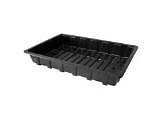
How to grow your own vegetables
5 Minute Read
Whether you have just started your gardening journey or have been tending to your plants for years, there is always something exciting to learn and try. Get ready to dig in, quite literally, as we explore the rewarding experience of growing your own vegetables.Growing your own vegetables
In this article, we will dive deep into the benefits of homegrown vegetables and provide some helpful tips for growing and cooking with the freshest produce possible. Lets dig in!The Benefits of Growing Your Own Vegetables
Growing your own vegetables offers a range of benefits, including saving money at the supermarket, reducing your carbon footprint, improving your health, and fostering a stronger connection to your food. Fresh homegrown produce is often higher in nutrients and flavour compared to store-bought options. Plus, there is nothing quite like the satisfaction of harvesting tasty veggies from your garden and using them to create delicious, wholesome meals for yourself and your loved ones.
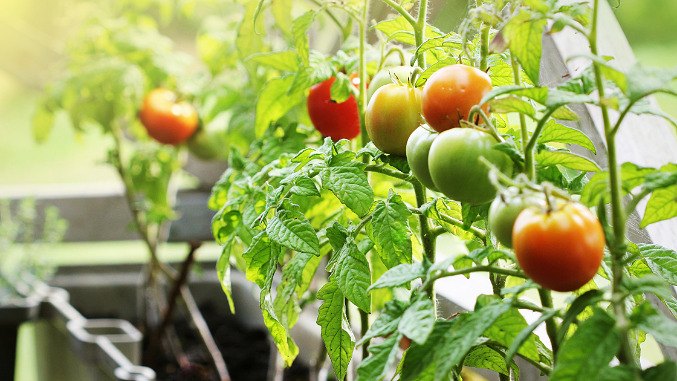
Planning Your Garden and Choosing the Right Vegetables
Before you start planting, it's essential to consider your available space, local climate, and personal preferences. Some key factors include - soil type, sun exposure, and water availability. Research the varieties that will thrive in your specific conditions to avoid disappointment.
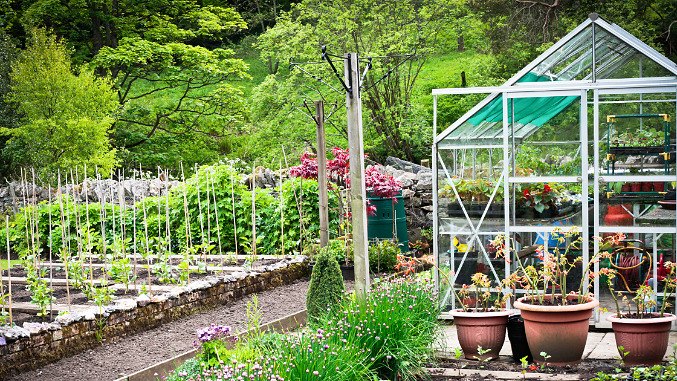
Top Tip: If you are new to growing your own produce, start with a few easy-to-grow options, such as tomatoes, herbs, lettuce, or beans, and gradually expand your garden as your skills grow.
The Importance of Proper Care and Maintenance
Healthy, productive plants require regular care and maintenance, including watering, fertilising, pruning, and keeping on top of pests and diseases. For example, knowing when and how to prune specific plants can impact their overall health and yield. Give your vegetables the attention and care they deserve, and they will reward you with an abundance of fresh produce to enjoy in your culinary creations.

Harvesting and Storing Your Homegrown Produce
Timing is key when harvesting. Pick your fruit/veg at peak ripeness for the best flavour and nutritional value. Be gentle when harvesting to avoid damaging the crops, and store properly to maximise freshness and flavour.
For example, tomatoes should be stored at room temperature and not refrigerated, as cold temperatures can negatively affect their taste and texture. Leafy greens, on the other hand, can be wrapped in damp paper towels and stored in the fridge to maintain their crispness.
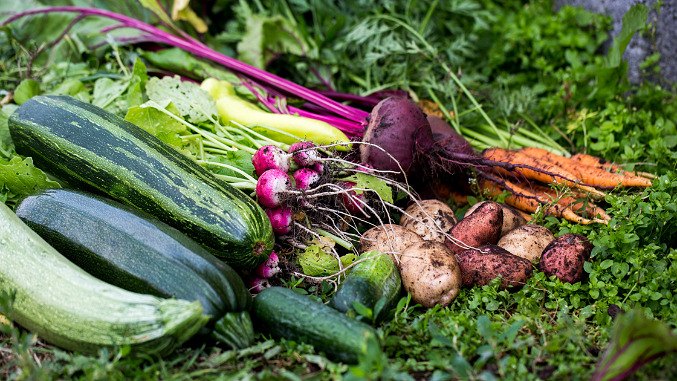
Cooking with Your Homegrown Vegetables
Now, for the best part—cooking and eating your homegrown veggies! The possibilities are endless when creating delicious dishes with your garden bounty. Why not experiment with new recipes, techniques, and flavour combinations to showcase your fresh produce?
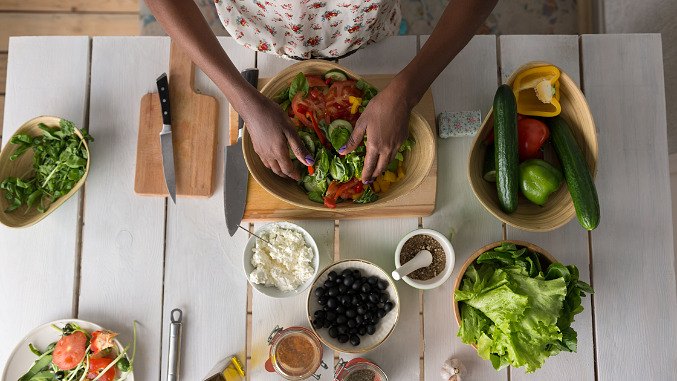
Growing your own vegetables for cooking and eating is a fulfilling experience to offer personal and environmental benefits. Growing your own can improve your diet, lifestyle, and overall connection to your food. By being attentive to your garden's needs, making informed planting decisions, and embracing the adventure of cooking with fresh, homegrown produce,
Related products
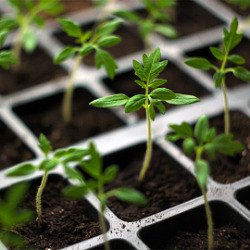
Our guide to seed sowing compost
With so many specialist composts on the market, how do you know which is the best for your seedlings? Click the link below to find out more.READ MORE
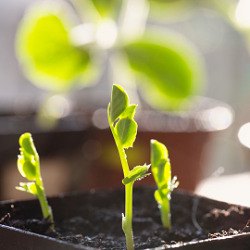
Top tips for growing vegetables and flowering plants from seed
Our top tips for sowing seeds and all of the essentials you need for successful germination and growth!READ MORE
Comments (0)
Why not be the first to send us your thoughts?
Leave A Comment
Most popular articles
1
Plastic plant pots dimensions and uses2
Peat vs Peat Free - Choosing the right Potting Compost3
How to Grow Watercress at home in plant pots4
January Jobs5
Our guide to seed sowing compost


